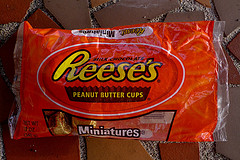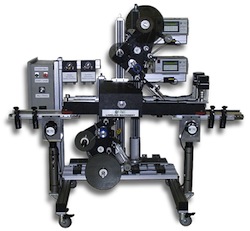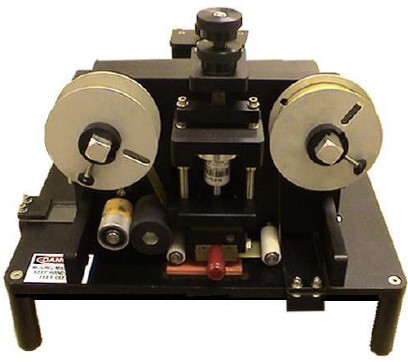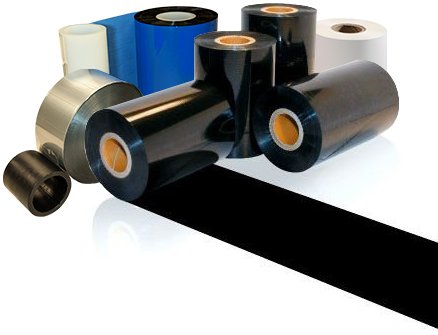
Many businesses print their own logo, bar codes, and packaging information onto bags, whether film or poly, as it can be more cost effective than buying them in bulk already printed. Printing your own bags gives you greater control when you need to change dates, UPC codes, or even print some to advertise a particular promotion. We offer a variety of printers to meet your needs.
This is a small sample of the products we offer which can print and code on Bags and Films and Poly Bag Substrates:

FlexPackPRO® XT Series with Large Ribbon Capacity
Thermal Transfer Overprinters, ribbon rolls up to 1000 meters
Griffin Rutgers: Bags and Films and Poly Bag Substrates

Three Panel Labelers and Three Panel Print & Apply Labelers for All Products & Containers
Three panel label applications on square and rectangular cases have become common place and we offer a line of labeling machines specifically for these applications. We even have a machine that can quickly be changed over from 3 panel to single panel or wrap label application. Labeling applicators are great for boxes and cartons, round […]
How to Measure and Control Temperature with Monitoring Labels
Technology is bringing some pretty amazing problem solving solutions to market, including the advent of monitoring labels commonly associated with climate-sensitive products that must be kept at a certain temperature to maintain a product’s integrity. Below learn how monitoring labels can be used to measure and control temperature to improve cold chain management for applications like food and pharmaceuticals.
Labeling Square & Rectangular Containers
Square and rectangle containers are the norm in many retail, pharmaceutical and manufacturing settings and because of that, product labelers have been specifically designed for these packages. As such, products with three and four panel label applications on square and rectangular containers have become more common. Re-Pack Inc. has designed a line of labeling systems […]

Top and Bottom Labeling Systems Defined
If you’ve ever wondered “what is a top and bottom labeling system and what is it used for?”, then you’re not alone. Here are some answers to clarify the confusion.

The Global Cosmetic Packaging Market
In a recent report provided from Research and Markets, the global cosmetic packaging market was valued at $24.86 billion in 2017, with the numbers expected to reach a value of close to $31 billion by 2023. When speaking of cosmetics, the term covers a wide range of products. Beyond makeup, it encompasses everything from toothpaste, deodorant, facial products, bath and body products; primarily anything that touches the skin.
Stricter Package Labeling Being Required By The FDA
The food and medical industry seem to change and grow daily. With that, comes stricter package labeling being required by the FDA. It’s important that your packaging meets the demands of the ever-changing industry and its regulations. At Griffin-Rutgers, we have a solution to meet your labeling requirements.

The Unique Uses Of Top Labeling Systems
Manufacturing companies that need to print labels on their products need to first determine whether they need to print on the top or the bottom of the product or need a wrap-around system. As the professionals at Griffin-Rutgers explain there are automatic labeling systems to address each print type. Griffin-Rutgers carries a complete line of […]

Mini Wrap Labeler Labeling Aerosol Cans
This video is one of a series that we have posted showing the versatility of the Mini Wrap Labeling System. Be sure to view the others also. This video shows the system applying wrap labels to metal aerosol cans. The Mini Wrap is designed to fill the gap between semi-automatic labeling machines and fully automatic […]

Five Reasons To Choose An Offline Coding System
If you are printing best-before or other fixed or variable information onto sleeves, pouches or cartons, an offline feed and coding system could be just what you need.

Print Apply Labeler Applying A Single Label To Cartons On The Side And Trailing Panels
The Series 6 integrated OEM print engine prints the complete label just prior to application. One half of the label is initially applied to the side panel of the passing carton. As a secondary process the remainder of the label is then wipe applied to the trailing panel of the carton. Two panel carton identification […]





